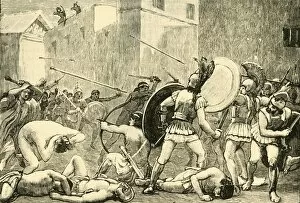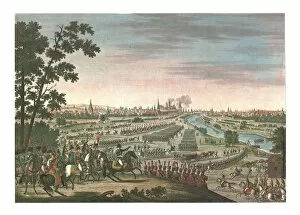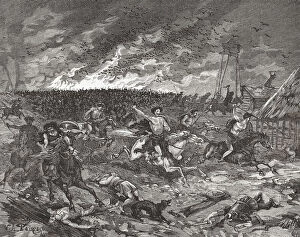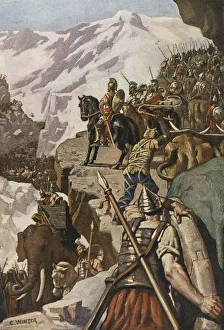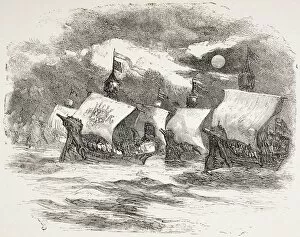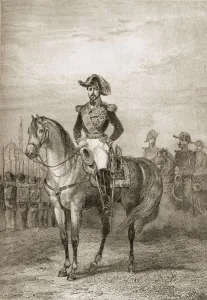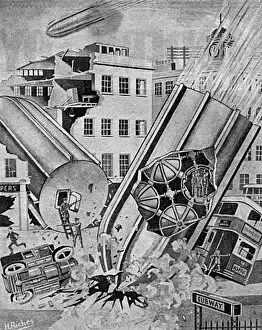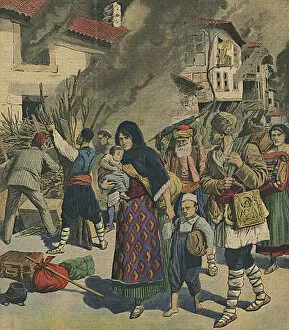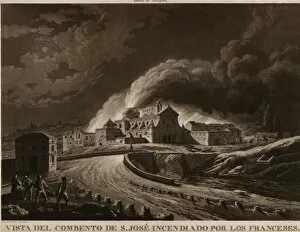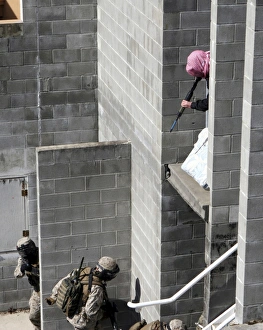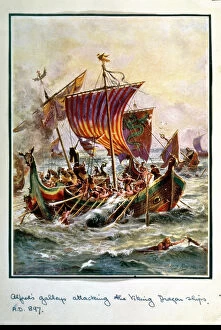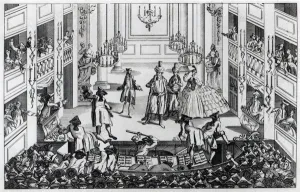Invading Collection (page 5)
"Conquering the Unconquerable: A Tale Forces" From Hannibal crossing the Alps to D-Day's Omaha Beach
All Professionally Made to Order for Quick Shipping
"Conquering the Unconquerable: A Tale Forces" From Hannibal crossing the Alps to D-Day's Omaha Beach, history has witnessed countless invasions that shaped nations and defined eras. The Battle of Bannockburn showcased Scotland's resilience against English domination, while Hannibal's audacious journey across the treacherous Alps stunned ancient Rome. In 1939, Germany and Russia conspired in secret to divide Poland, setting off a chain reaction that would engulf the world in war. Spanish conquistadors invading Mexico forever altered its destiny, leaving an indelible mark on both cultures. D-Day marked a turning point as American troops courageously stormed ashore at Normandy amidst a bird's-eye view of landing craft and barrage balloons. The Channel tunnel connected two nations like never before, bridging divides and fostering unity. Soviet propaganda posters from World War Two rallied their people against invaders with unwavering determination. Yet not all invasions can be explained by human hands alone; mysterious sightings like glowing ball UFOs hovering over Stonehenge leave us pondering otherworldly forces at play. And let us not forget the struggles faced by Macedonia and Bulgaria throughout history as they navigated waves of invasion. Invasion is more than just territorial conquest; it represents humanity's relentless pursuit for power or survival. It reminds us that borders are fluid, alliances fragile, but our shared stories endure through time – tales of bravery, resistance, triumphs won or lost on battlefields where destinies collide.


